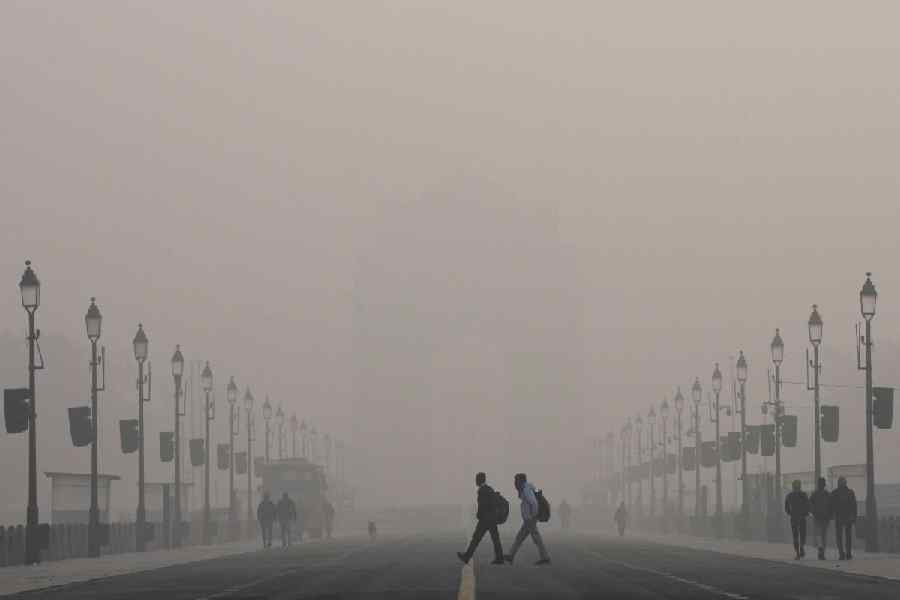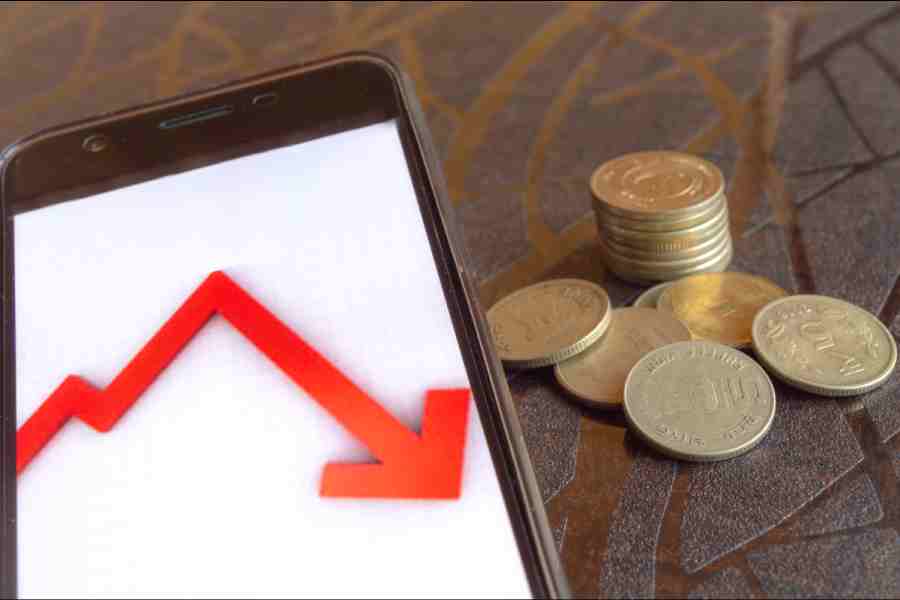The Vande Bharat train is finally here in Kerala. Just one set of 16 coaches, and that’s a good beginning. The train’s arrival was celebrated by throngs of people in every station it stopped. The state wing of the Bharatiya Janata Party celebrated the train with laddoos distributed in thousands and the garlanding of coach drivers like heroes. ‘Modi’s Vishu (new year) gift to Kerala,’ was the narrative. The prime minister, Narendra Modi, landed in Kerala to flag off the train, as he has done with the previous Vande Bharats. In Trivandrum, a pre-planned but spontaneous-looking roadshow was held, which he has never attempted before. After all, Kerala is the other elusive Gaulish state, a pluralist-socialist bastion, that the BJP wants to conquer. The BJP has claimed patronage of the train service more than any other party. What if the Indian National Congress were to claim patronship of trains? Perhaps the list would be an easy 10,000 across India.
In contrast, the SilverLine semi-high speed rail that the state government has proposed has not garnered as much enthusiasm. The Left parties are, hence, a disappointed lot. The project has faced multiple setbacks, including widespread criticism for being too expensive, an ecological disaster, and for its potential to displace thousands of people from their homes. Experts and public opinion-makers have exposed errors and data-fudging in its design, alignment, traffic and passenger surveys, cost estimates, budget estimates, and its economic and financial rates of return. The Environment Impact Assessment of the project itself exposed the hydrological disaster this rail line would cause to an ecologically fragile Kerala: 80% of the project — to be built on embankments — could impact 164 hydrologically-sensitive zones, it said. The project documents, including the detailed project report, are awaiting approval from the railway board for almost three years. Queries regarding estimated budgets, alignments and land acquisition have not been satisfactorily answered. The project’s social costs have also been a concern, with attempts to force a social impact assessment resulting in public protests and police brutality. The unavailability of adequate construction material and the possible opening up of more quarries have raised environmental concerns. The scenes of violence during the yellow survey stone-laying by K-Rail officials with police support shocked the public, further maligning the project.
While the conflict between these two rail projects does look political, it is, in fact, a matter of two different paradigms of rail development in India. On the one side are the crazily expensive high-speed rail lines run on standard gauge and funded largely by loans from global banks and agencies. The technology and the operations are imported and the running cost would eventually fleece the State. The flagship bullet train, Modi’s dream rail between Mumbai and Ahmedabad costing a whopping Rs 1.08 lakh crore, is one of them. While this project faced serious opposition, especially from farmers led by the Left parties, it is ironic that the same Left has proposed a similar project — the SilverLine — for Kerala. It is a toned down, semi-high speed version of the same.
The other paradigm follows the progressional development approach of the Indian railways, aiming at indigenous, semi-high speed and high-speed rails. Train 18, as the Vande Bharat was called, was the result of such an approach. This semi-high speed train comprises electric multiple units that can attain a speed of up to 160 kilometres per hour. A significant advantage is that it can run on India’s broad gauge rail network, making it adaptable across the nation. This would, however, require improvement of signalling systems, modification of track geometry, removing curves and the straightening of lines for it to achieve its maximum speed. The cost of a 16-carriage train set is Rs 115 crore. The railway ministry says the rail lines in Kerala can be improved to take speeds of 130 kmph in three and a half years. Further improvement to 160 kmph would require a fresh DPR, but it is still better than pursuing the SilverLine. The state estimates the cost for the SilverLine to be Rs 64,000 crore and claims it can be completed in five years. But no other agency, including the NITI Aayog or the railway ministry, thinks so. They pitch the cost to be at least double the estimates. The high priority bullet train that costs more than Rs 1 lakh crore has overrun its cost and time estimates. The well-known economist, K.P. Kannan, who has studied project cost and time overruns, estimates that the SilverLine could take 37 years to complete. This actually means that with the indigenous, low-cost development that the public sector Indian railways has embarked on, trains such as the SilverLine would end up being a financial drain on the public and, worse, could be outdated by the time it begins its journey.
The negligible ecological impact of improving the present railway lines to run the Vande Bharat is also an advantage, with additional land acquisition needed only for straightening curves or if a dedicated third and fourth line is required, as in Kerala. The social impact, including on livelihoods, is also minimal compared to the massive number of families that may have to be relocated for the SilverLine. The story of the bullet train was also no different.
However, are trains like the Vande Bharat affordable for the common people? A single journey in AC Chair Car costs Rs 1,590 while the Executive Chair Car costs Rs 2,880 for eight-hour travel covering 588 km from Trivandrum to Kasaragod. In contrast, a day train like the Jan Shatabdi from Trivandrum to Kannur, covering 502 km, costs only Rs 220 for a Chair Car and Rs 755 for an AC Chair Car. This is what the common travellers can perhaps decently afford. For any of the night trains from Trivandrum to Kasaragod, the tickets are Rs 360 for the Sleeper, Rs 945 for 3AC, and Rs 1,325 for 2AC. The Vande Bharat, which offers modern facilities and food and would soon replace other trains due to its speed and developmental prospects, would increase the burden on common citizens who would be left with no other choice. Technological progress such as the Vande Bharat is surely welcome, but such progress should not be at the cost of affordability for the common people. As train travel becomes more luxurious and expensive, the poor may be gradually excluded.
The SilverLine or, for that matter, the bullet train is a worse deal for the common people than the Vande Bharat. Despite proponents of the SilverLine branding the train as one for the poor, the cancer patients, and farmers, the ticket charges proposed are exorbitant. The proposed rate for AC Chair Car from Trivandrum to Kasaragod in 2020 was Rs 2.75 per km, amounting to approximately Rs 1,457. This rate is expected to increase by 6% annually and could reach Rs 3,500 in 2030, assuming the train starts running by then. Furthermore, the cost of the project itself is an underestimate, and the price of tickets could double.
At this rate, neither trains like SilverLine and the bullet train nor the Vande Bharat are an affordable option for the common, middle-income class in India. While the Vande Bharat is a welcome development, the tickets need to be priced lower, and the government should stop politicising the train. Meanwhile, the Left government in Kerala would do well to summarily drop the SilverLine project that alreadylooks like a Nandigram or Singur moment for the Left parties in their last stronghold.
Sridhar Radhakrishnan is an engineer, environmentalist and an observer on development policies











